The genus Pimelodella comprises 103 described species, of which 81 are currently considered valid. The size of the Pimelodella species is between 7 and 30 cm. So no species is really huge. The genus is almost exclusively South American, with only one species reported from Central America (Costa Rica and Panama). Identification of the species is rarely successful, as many Pimelodella species look extremely similar. Almost all have a dark stripe along the middle of the body, the width of which is assumed to be species-specific. After the very first species ever imported for the hobby, fish marked in this way are generally called “Pimelodella gracilis” in the trade, but this name should only rarely apply.
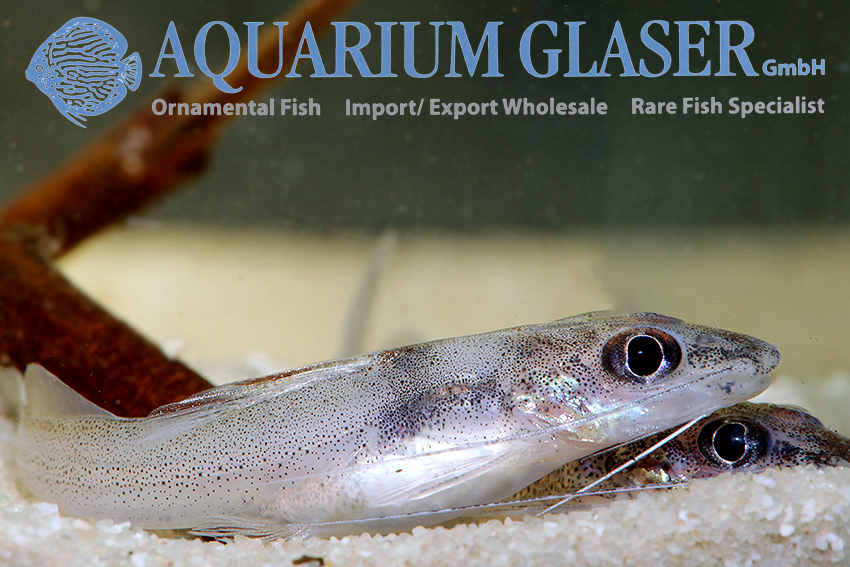

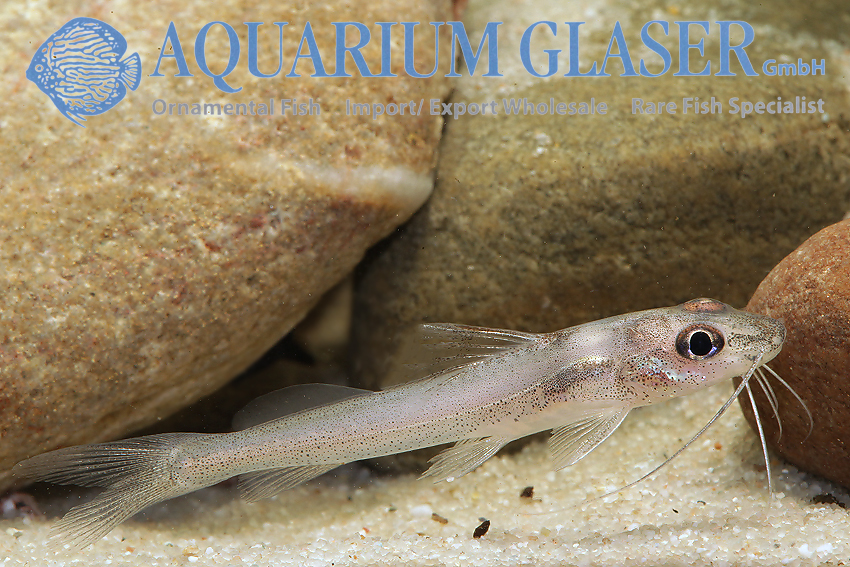
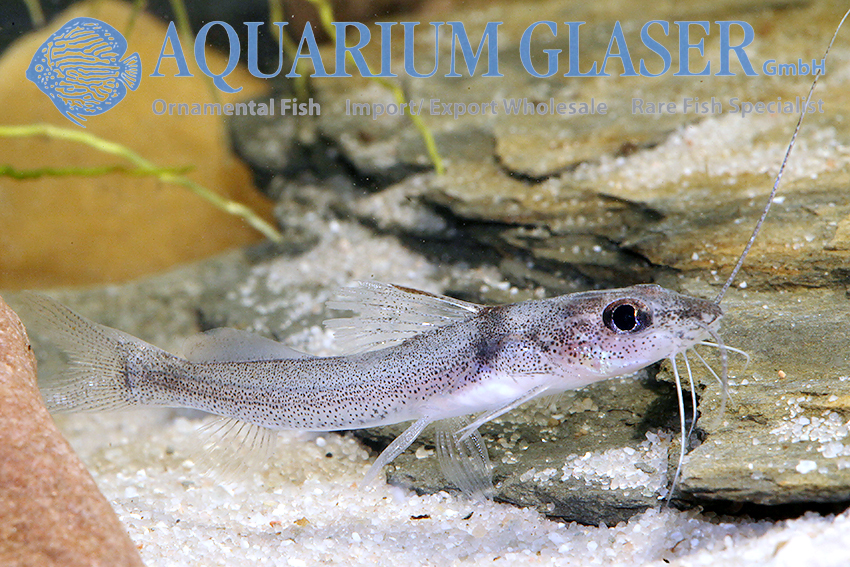
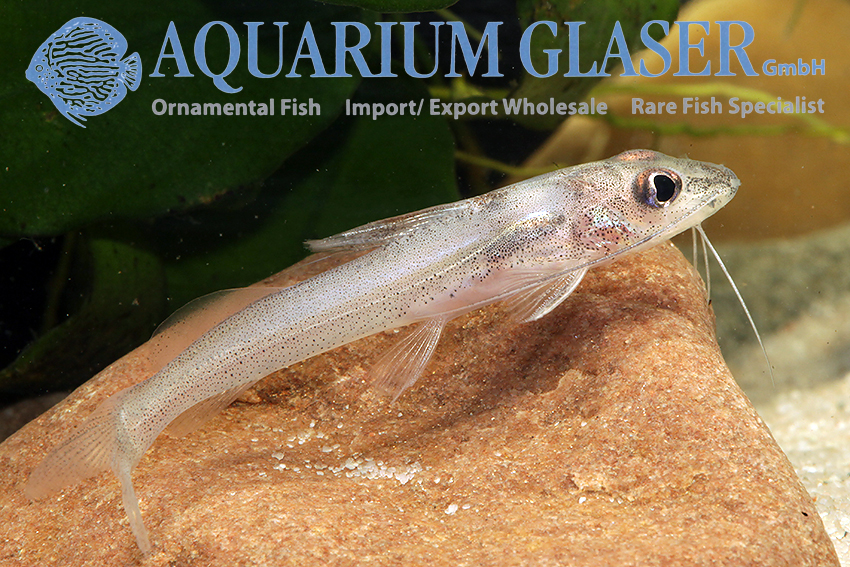
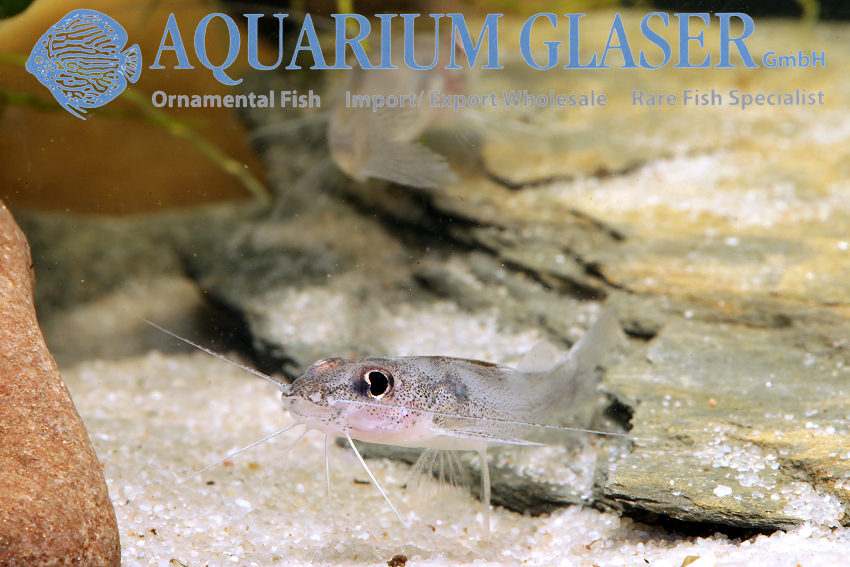
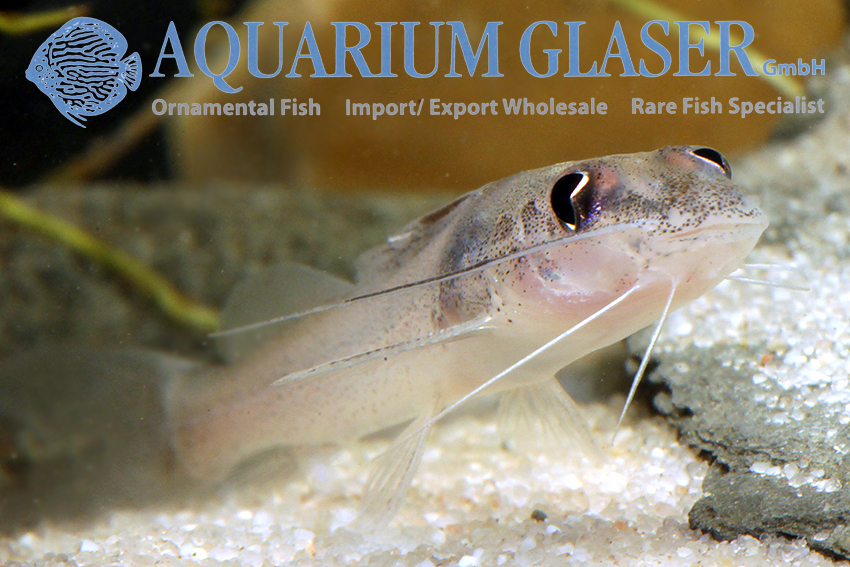
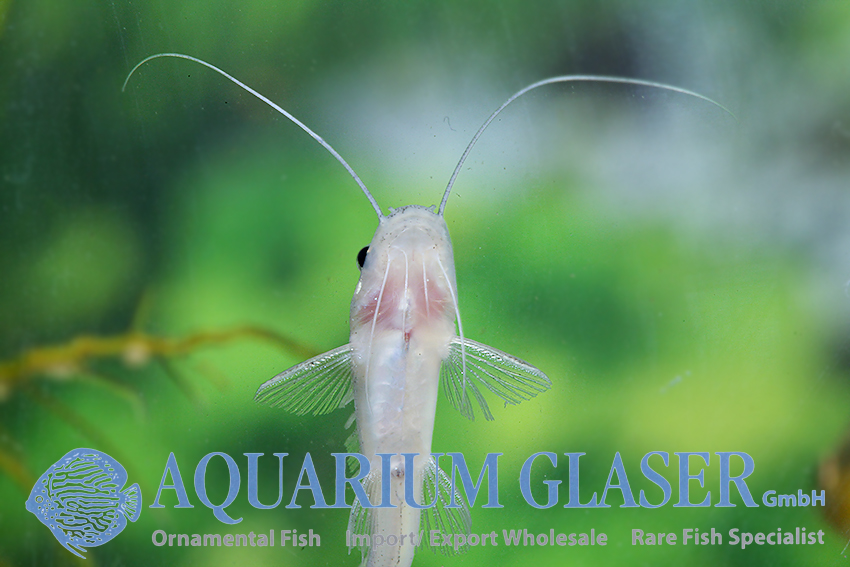
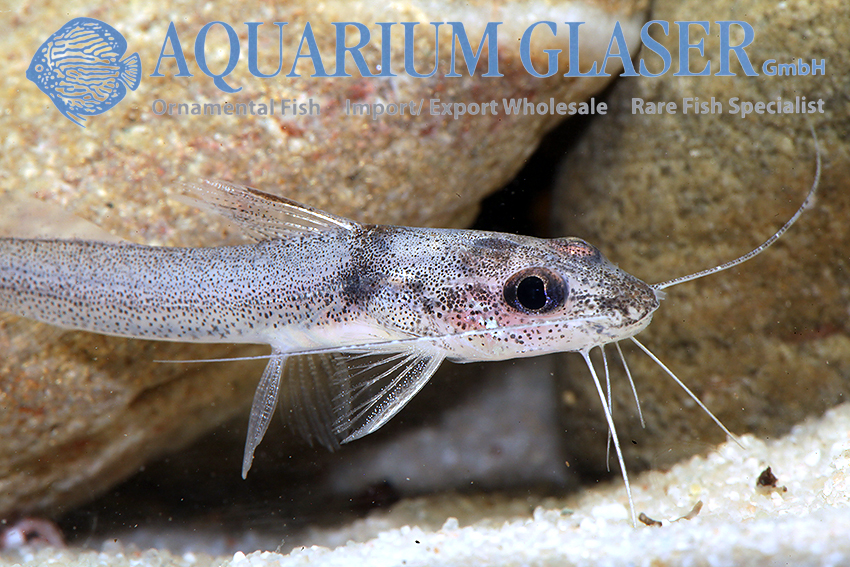
Pimelodella catfish play no role in aquaristics. This is a shame, as they are pretty, peaceful animals, albeit somewhat shy. Small fish are regarded as food if they can fit in their mouths. Pimelodella species are usually found in more or less large shoals and are considered sociable.
We have now been able to import a number of Pimelodella catfish from Venezuela for the first time, which we have not yet been able to identify with certainty. They are currently 4-5 cm long. The body markings are very unusual and characteristic and consist of a vertical black band that starts immediately in front of the dorsal fin and runs approximately to the middle of the body. There are also numerous black pigment cells (melanophores). The intensity of the pattern varies depending on the individual and mood, but is always recognizable. According to the supplier, the fish were caught over sandbanks. They are said to dig themselves in when in danger, but we have not yet observed this. The place of discovery is the Rio Ventuari.
The species discussed here is also referred to as Pimelodella sp. on Planetcatfish, in Steven Grant’s book “Pims” it is illustrated as P. sp. Tefe. It is very similar to P. megalops, a species described from Guyana, which is also said to occur in the Orinoco drainage. Naturally, nothing can be said with certainty about the expected final size; due to the undoubtedly close relationship to P. megalops, the animal will probably become around 10 cm long.
For our customers: the fish have code 279222 on our stocklist. Please note that we only supply the wholesale trade.
Text & photos: Frank Schäfer




